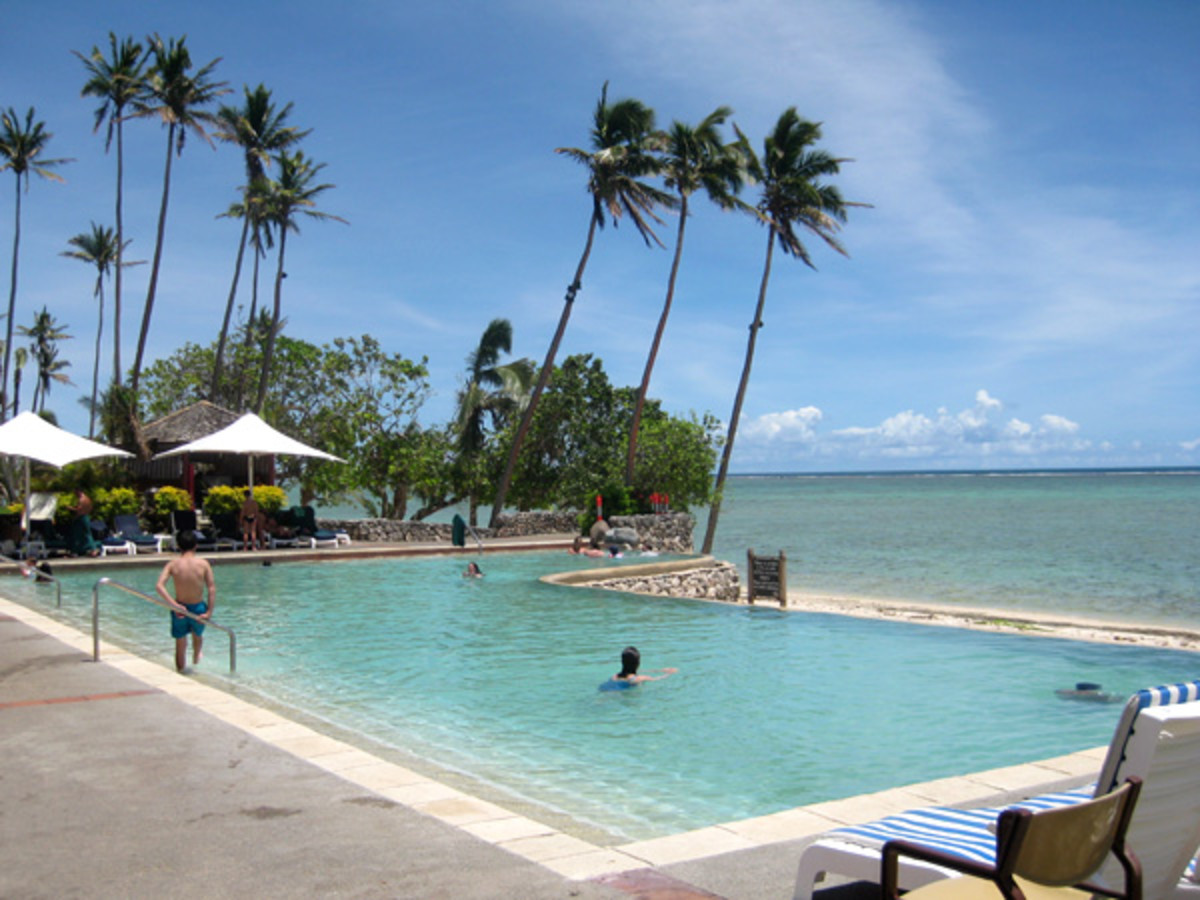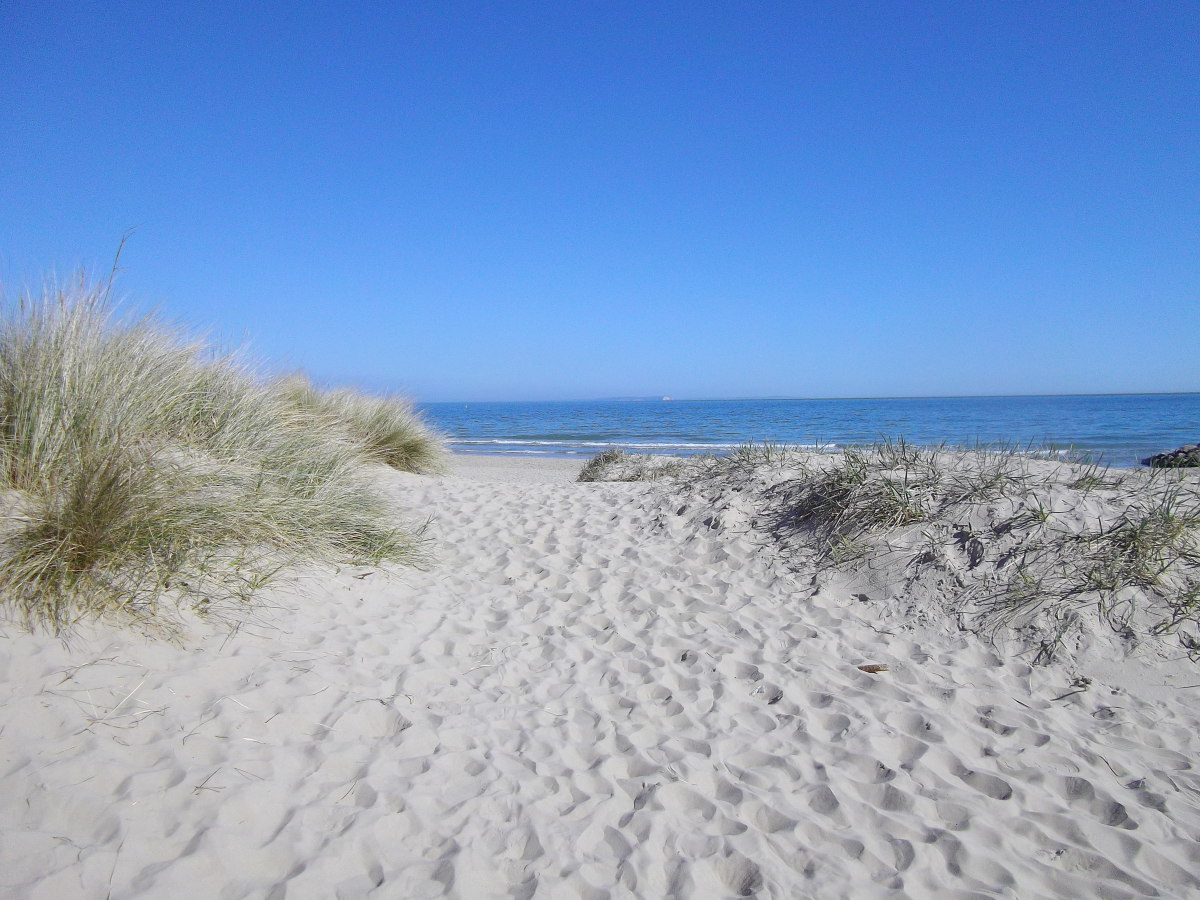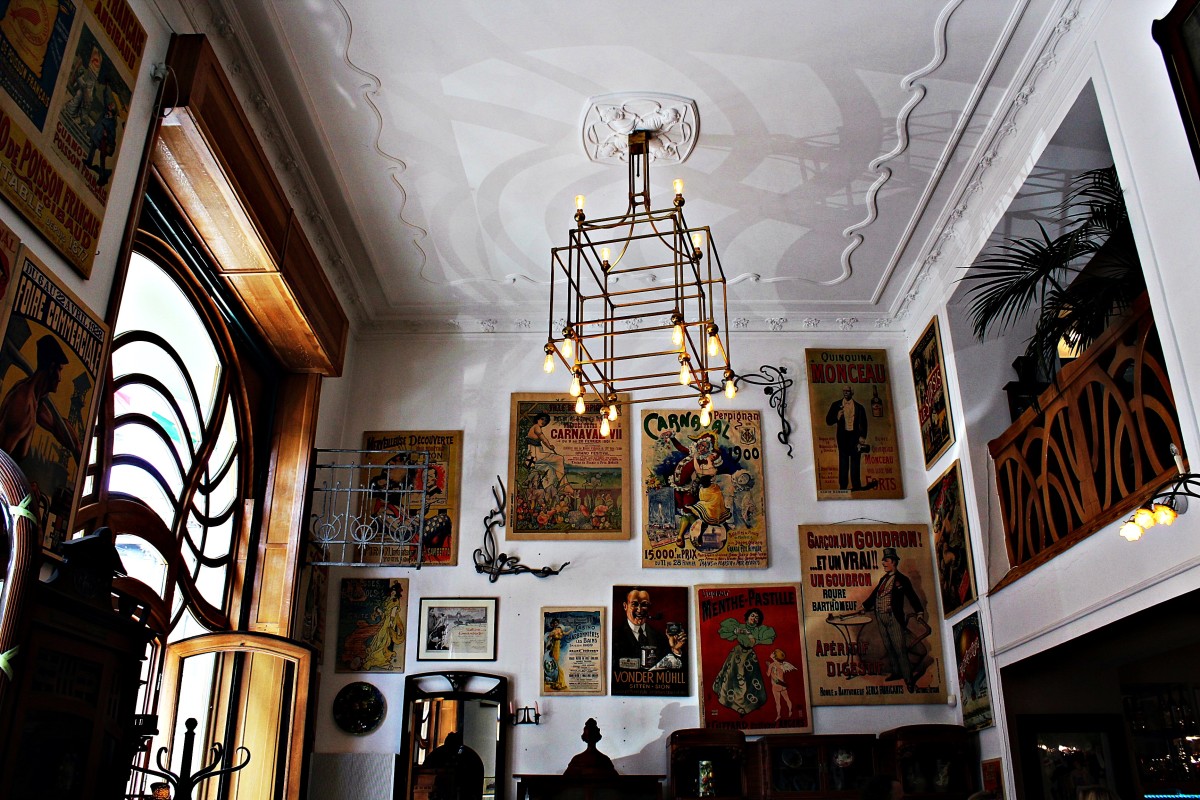Shangri La
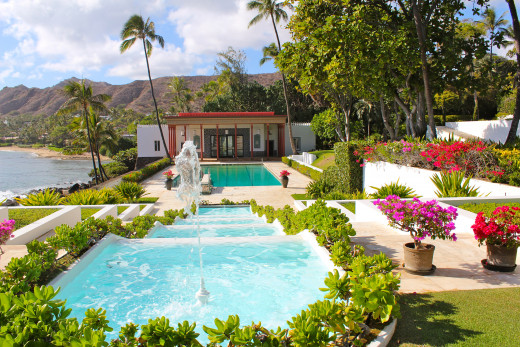
Shangri La, a fictional utopia described in James Hiltonʻs 1933 novel Lost Horizon, is also a real place. Tobacco heiress Doris Duke spent 60 years collecting and assembling Islamic art into her 5 acre estate, creating one of the most magnificent and comprehensive collections in the world. Words canʻt describe Dukeʻs Shangri La - a smorgasboard of centuries old Middle Eastern mosaics, Moroccan woodwork, Indian tapestries and Persian poetry. The tiered estate on Diamond Headʻs eastern side has a panoramic pacific vista and Taj Mahal like garden, among many other visually stunning features. Shangri La tours are done exclusively through Honolulu Museum of Arts.
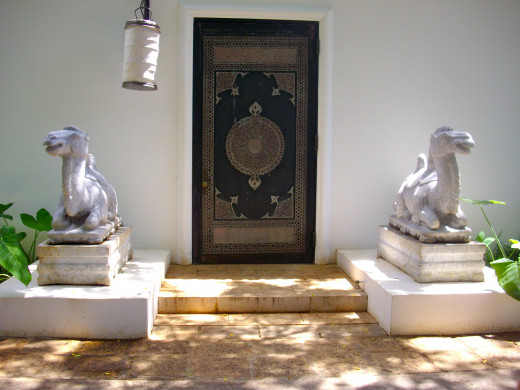
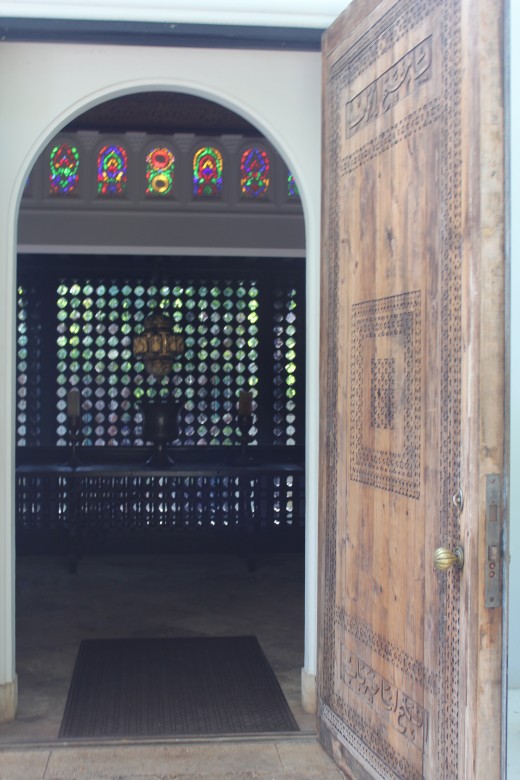
Guided Tours
Shangri Laʻs guided tours cost $25 a ticket. To reserve tickets call 1-866-DUKE TIX toll free. Locals can call 532-DUKE and get a kamaʻaina rate of $20. Tours last 2 1/2 hours with 1 1/2 hour on site and are not appropriate for children under 12. Tours are available Wednesday through Saturday with the exception of: the month of September, New Years Day, Fourth of July, Thanksgiving Day and Christmas Day. Tours are available at 9:00, 10:00 and 1:30 time slots. Making reservations a month in advance is recommended as this popular tour has limited space.
A 10 minute video - Creating Shangri La is featured at Honolulu Academy of Artsʻ Islamic Gallery. Watching the video prior to the tour is strongly recommended. At the Academy you are given a papaya or lavender colored "Shangri La Tour Visitor" badge then transported by shuttle bus to Dukeʻs estate. At Shangri La visitors are divided into two groups via their papaya or lavender tags. Each group gets a tour guide. About a dozen of us donned our lavender tags and met our guide Kelly at Shangri Laʻs front entrance.
Carved calligraphy graces a wooden door guarded by two stone camels. Kelly translates some persian script which she says heads every book in the Quran. In the name of God, the merciful and compassionate. The outside of Shangri La is white and unadorned, a Middle Eastern tradition according to Kelly.
"This door," says Kelly. "Is the one family and friends used. Guests stayed at the play house."
Kelly opens the door . . . we step inside . . . our art adventure begins.
Considerations
- The 1:30 pm tour was hot . . . Shangri Laʻs only air conditioner is the ocean breeze. The 9:00 and 10:00 am tours are likely much cooler. A free mosaic artsy paper fan is given to each visitor. I used mine a lot.
- You are encouraged to leave heavy bags and items in the entryway, where they are stored for your retrieval at tourʻs end.
- Sitting is encouraged in special locations throughout the tour, but there is still a lot of standing around. Comfortable shoes are a must.
- Drink lots of water before you go. No liquids are allowed inside. A water dispenser with paper cups is located on the lanai, where you can drink mid tour.
- While photos are prohibited inside Shangri La, ample camera opportunities occur on the lawn and in the garden.
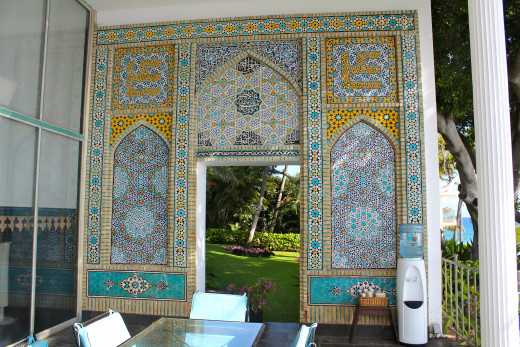
History
Doris Duke became the worldʻs richest little girl when her father James B. Duke passed away in 1925. She was 12 years old. At 22 she married politician James Cromwell. Their six month honeymoon through the Middle East and India was the beginning of Dukeʻs lifelong love affair with islamic art and architecture. Hawaii was the last stop of their Honeymoon on August 4, 1935. Introvert Doris Duke was an unwilling celebrity, and she found Waikiki ʻs casual atmosphere and privacy refreshing. She was a natural athlete and passionate swimmer. She soon made friends with brothers and beach boys Duke and Sam Kohanamoku, who taught her to surf. She enjoyed her Hawaii lifestyle so much that she lengthened her stay to four months. She bought a five acre estate at the foot of Diamond Head. Duke hired American Architect Marion Sims Wyeth and provided sketches and photographs of Islamic architectural features to incorporate into Shangri Laʻs design. Dukeʻs marriage to Cromwell would end in 1940, but she would return again and again to Shangri La, collecting and commissioning islamic masterpieces.
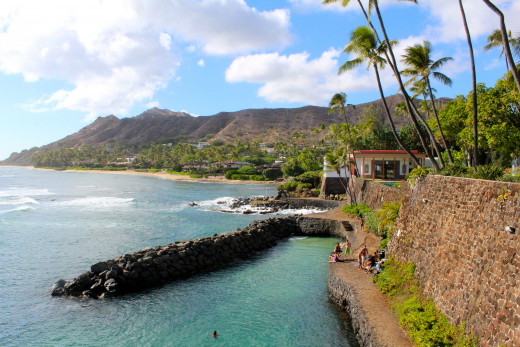
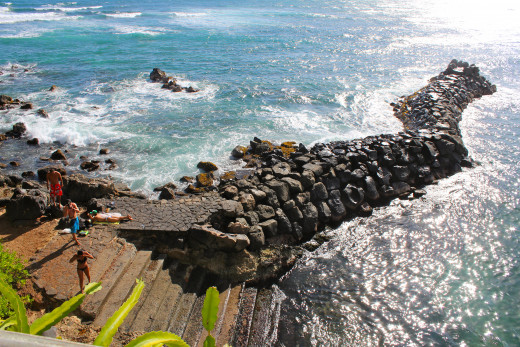
Shoreline Access
At Shangri Laʻs lanai we are permitted to take pictures. Looking down from the lanai I see youngsters frolicking in the ocean, diving off a rock wall, and picnicking on the shoreline below. In 1937, Duke had the rocks dredged to create a private boat dock for her husbandʻs yacht. The abandoned harbor has become a favorite water playground for locals.
Under Hawaii law, public access is permitted to all shorelines. In their book Oahu beach Access: A Guide to Oahuʻs Beaches through the Public Rights of way, Katherine Garner and Carol Kettner describe public access no. 3, Kaalawai Beach at Kulamanu Place, as well as 88 other public rights of way to Oahu beaches. From the Kulamanu right of way you must climb over rocks and boulders amongst crashing waves to get to the Duke estate shoreline. Do so at your own risk.
Shangrila
Public right of way to Kaalawai Beach
Honolulu Art Academy


